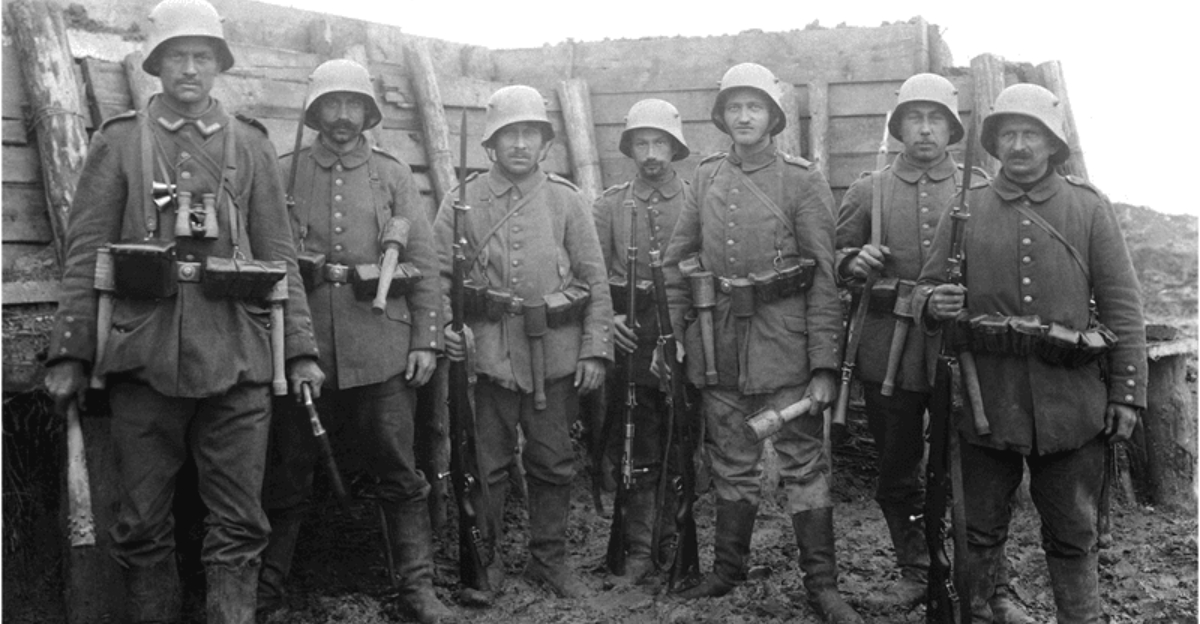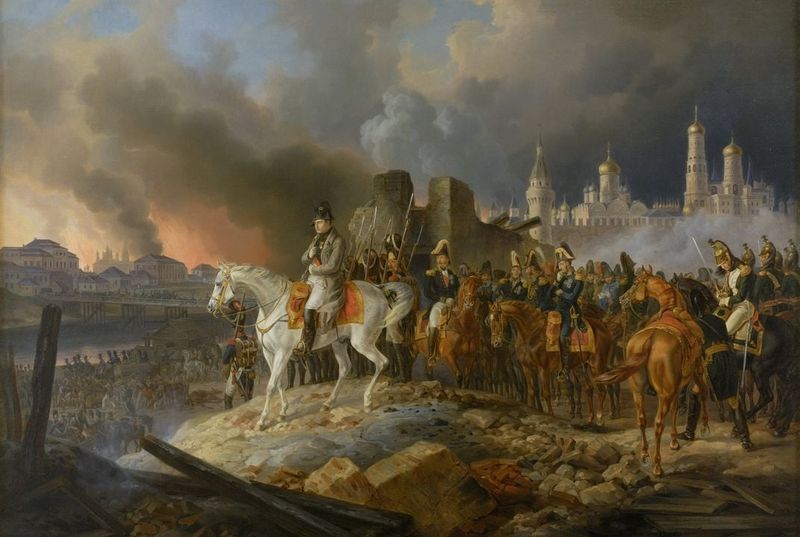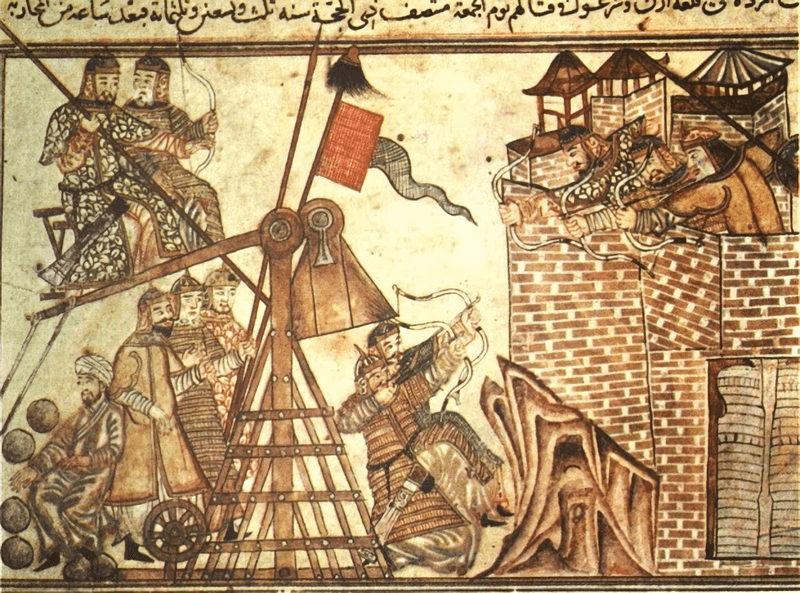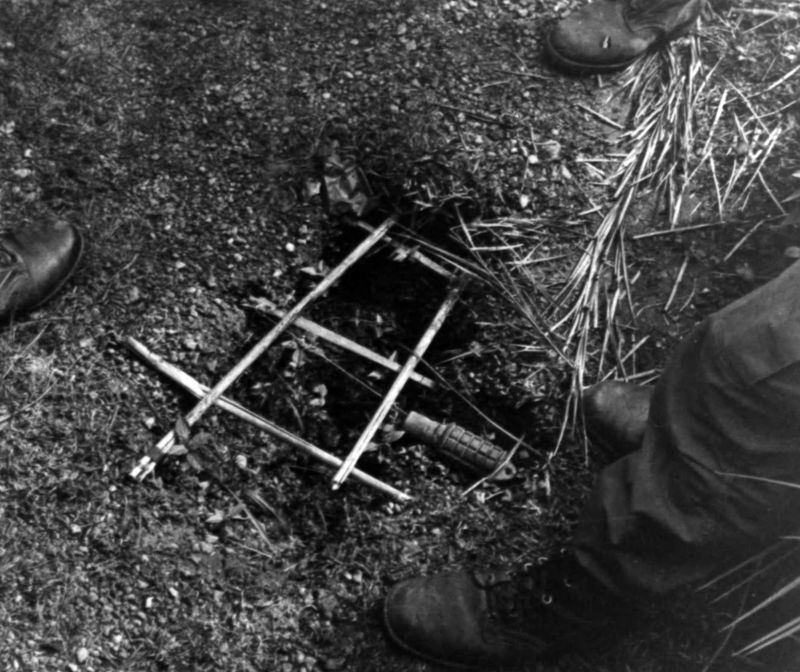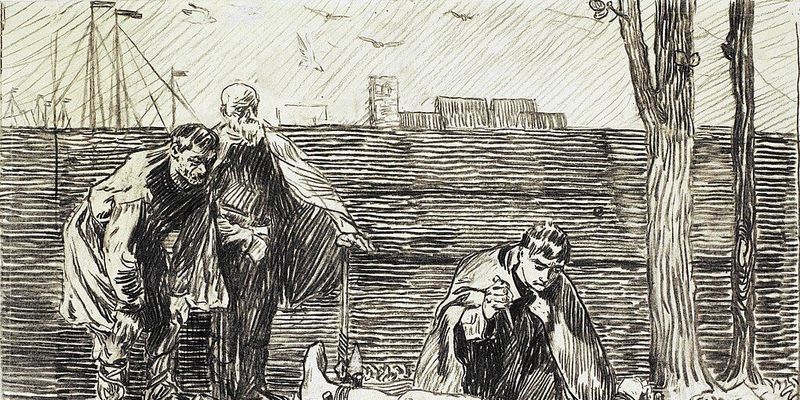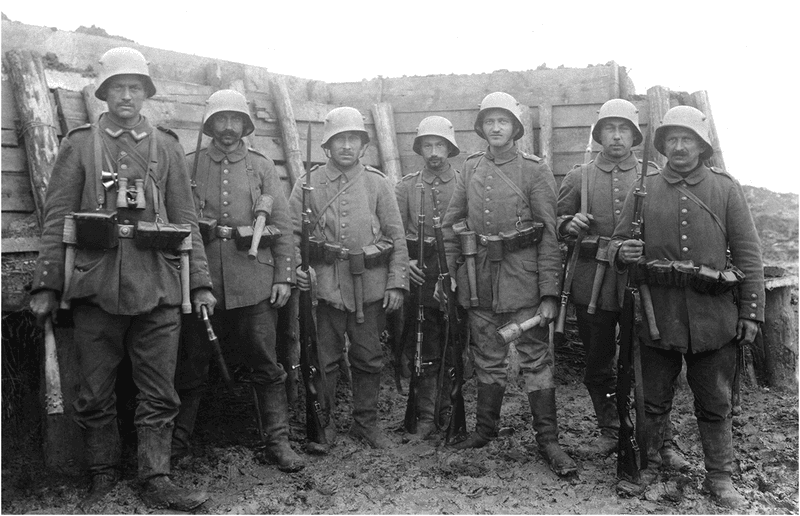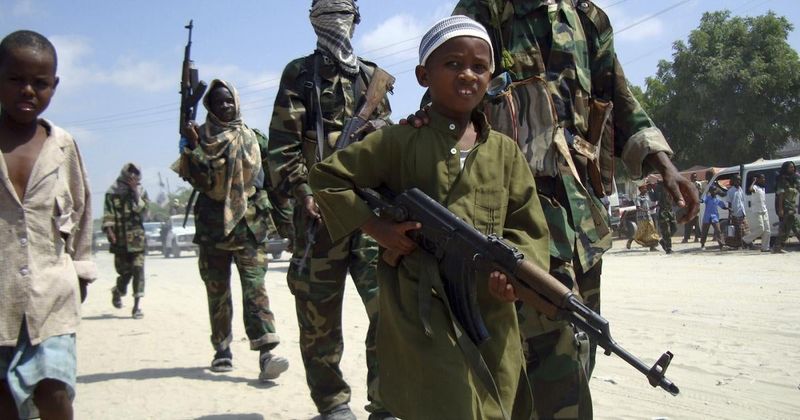Throughout human history, warfare has often pushed moral boundaries to achieve victory at any cost. Some military strategies have been so ruthless and underhanded that they still shock us today.
While modern warfare has rules and conventions, these historical tactics remind us of humanity’s darkest capabilities when winning becomes more important than honor or ethics.
1. Scorched Earth Policy
Roman generals pioneered this devastating strategy, but it reached new heights during Napoleon’s 1812 invasion of Russia. As French forces advanced, Russian troops retreated while systematically burning their own farmland, villages, and food supplies. The Russians destroyed everything that could sustain the French army. With winter approaching and supply lines stretching thin, Napoleon’s troops faced starvation in a barren landscape. Moscow itself was set ablaze rather than surrendered intact. This self-destructive tactic ultimately forced Napoleon’s disastrous retreat, with only about 20,000 of his original 500,000 soldiers surviving the campaign.
2. Biological Warfare in Ancient Times
Long before anyone understood germ theory, military leaders weaponized disease. The most infamous example occurred during the 1346 Mongol siege of Caffa (modern-day Feodosia, Ukraine). When plague devastated Mongol forces, they catapulted infected corpses over the city walls. Fleeing merchants carried this early form of biological warfare to Europe, potentially triggering the Black Death pandemic that killed approximately one-third of Europe’s population. The Mongols weren’t alone in using disease as a weapon. British forces during the French and Indian War reportedly distributed smallpox-infected blankets to Native Americans, showing how this tactic persisted across different cultures and eras.
3. The Trojan Horse Deception
Whether myth or history, the Trojan Horse represents warfare’s ultimate deception. After a decade-long stalemate at Troy, Greek forces pretended to sail away, leaving behind a massive wooden horse as a supposed offering to Athena. Believing they’d won, Trojans dragged the horse inside their impenetrable walls as a trophy. That night, Greek soldiers hidden inside emerged, opened the city gates for their returning army, and slaughtered the celebrating citizens. This ancient tactic gave us the term “Trojan horse” for any destructive force disguised as a gift. Modern computer viruses even adopt this name, showing how this concept still resonates thousands of years later.
4. Booby-Trapping the Dead
During the Vietnam War, American soldiers discovered a particularly cruel tactic: fallen comrades rigged with hidden explosives. Viet Cong fighters would place grenades underneath corpses or attach trip wires to bodies, knowing fellow soldiers would attempt to retrieve their dead. This psychological warfare extended beyond human remains. Personal items like abandoned weapons, helmets, or even family photos were similarly rigged. The practice violated deeply held beliefs about respecting the dead. The mental impact was devastating – soldiers became hesitant to recover fallen friends, leaving bodies exposed and creating lasting trauma for surviving troops who witnessed comrades left behind.
5. Poisoning Water Supplies
Ancient civilizations recognized water as both life-sustaining and strategically vulnerable. Persian King Cyrus conquered Babylon in 539 BCE by diverting the Euphrates River and marching his army along the riverbed – effectively poisoning the city’s water access. Medieval sieges often featured deliberate contamination of wells with animal carcasses, human waste, or toxic plants. During the American Civil War, Confederate sympathizers reportedly poisoned water supplies for Union troops. The tactic was so universally reviled that the 1899 Hague Convention specifically prohibited poisoning enemy water sources. Yet its effectiveness made it a recurring strategy despite moral objections throughout military history.
6. Agent Orange and Chemical Defoliants
Between 1962 and 1971, American forces sprayed approximately 20 million gallons of herbicides over Vietnam’s dense jungles. Operation Ranch Hand aimed to destroy vegetation providing cover for enemy forces and eliminate food crops supporting them. The most notorious chemical, Agent Orange, contained dioxin – a compound causing cancers, birth defects, and devastating environmental damage. American planes marked with the callous slogan “Only you can prevent forests” dropped these chemicals across vast regions. Generations later, Vietnamese families still suffer from birth defects linked to this campaign. American veterans exposed during deployment also developed serious health problems, making this tactic destructive to both sides.
7. False Surrender or White Flag Trickery
Feigning surrender violates warfare’s most fundamental trust mechanism. During World War I’s Battle of Passchendaele, German troops reportedly raised white flags, then opened fire when Allied soldiers ceased shooting and approached to accept surrender. This underhanded tactic makes genuine surrenders dangerous for both sides. Soldiers who experience such betrayal often become reluctant to accept future surrenders, sometimes leading to unnecessary killing of troops genuinely trying to surrender. The practice is explicitly prohibited by the 1907 Hague Convention as “treacherous killing,” yet examples appear throughout military history from ancient battles to modern conflicts, undermining one of the few humanitarian aspects of warfare.
8. Total War Tactics on Civilians
The firebombing of Dresden in February 1945 exemplifies how civilians became legitimate targets in modern warfare. Allied forces dropped 3,900 tons of bombs, creating a firestorm that consumed the historic German city and killed approximately 25,000 people, mostly civilians. Similar campaigns against Tokyo killed over 100,000 civilians in a single night. These attacks deliberately targeted non-combatants to break enemy morale and production capacity. The strategy represented a fundamental shift in warfare ethics. Previous military doctrine generally distinguished between combatants and civilians, but total war erased this boundary, arguing that civilian infrastructure and morale were legitimate military targets.
9. Child Soldiers
The Lord’s Resistance Army in Uganda pioneered especially brutal methods of transforming children into killers. Abducted from villages, children as young as eight were forced to murder their own family members to destroy their sense of identity and community. Military commanders exploit children’s malleability and fearlessness. In Sierra Leone’s civil war, drugged child soldiers committed atrocities they couldn’t fully comprehend. More recently, ISIS established training camps specifically for children, calling them “cubs of the caliphate.” Beyond the immediate horror, this tactic creates generational trauma. Former child soldiers often struggle with reintegration, psychological damage, and lost education, affecting societies long after conflicts end.
10. Terror Bombing of Cities
The German Luftwaffe pioneered strategic terror bombing during the Spanish Civil War, most infamously at Guernica in 1937. The tactic reached new heights during World War II’s London Blitz, when German bombers attacked civilian areas nightly for 57 consecutive days. Unlike precision bombing of military targets, terror bombing specifically aimed to create fear, panic, and demoralization among ordinary people. The psychological impact often outweighed physical destruction. The atomic bombings of Hiroshima and Nagasaki represented the culmination of this strategy – instantly killing tens of thousands of civilians to force surrender through shock and horror rather than conventional military defeat.
